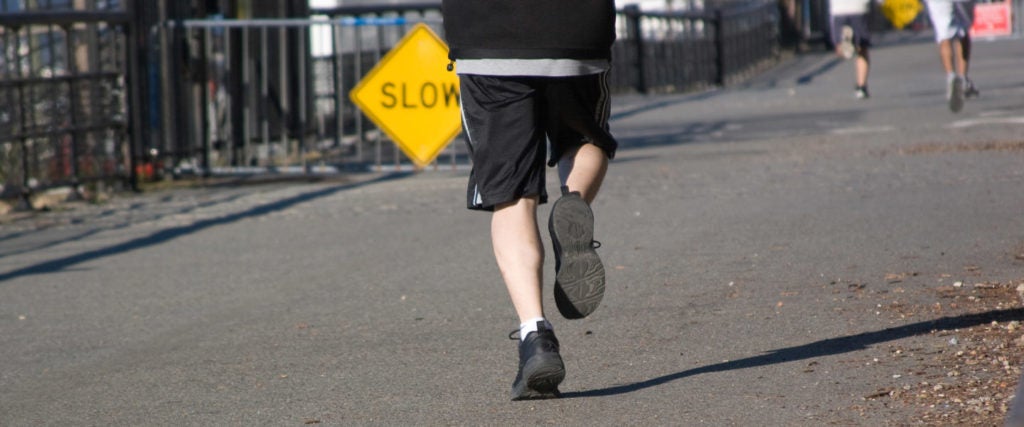Intellectually, I’m well aware of the fat-burning benefits of running at a faster pace for shorter distances, as well as the rehabilitating benefits of running at a slower pace for longer distances. And while I’m perfectly capable of doing the former, I simply cannot convince my stupid little legs to move at tortoise-like speeds.
I’ve tried and failed 100 times, so I reached out to running expert and avid marathoner Paul Ronto for advice. For starters, if you think the mere act of running is good enough and speed (fast or slow) be damned, Ronto presses the importance of changing your running pace throughout the week, as it “works different muscle groups, prevents injury and helps recover from the previous day’s more intense workout.”
In fancy running terms, running as fast as you can for a short distance, slowing down to catch your breath and then doing it again is called “strides.” Strides are a big part of building muscle and burning fat, but running strides every day will quickly lead to exhaustion or injury. That’s where the recovery run comes in. The thing is, when I set out to slow down and run further, I can’t run slower than my typical 9-minute mile pace.
Luckily, on Reddit, there’s no shortage of creative advice on how to intentionally slow your pace — e.g., by setting a metronome, running in place, making a playlist of songs with a specific range of beats per minute or running with those who can control their pace better.
For Ronto’s money, though, the most accurate way to train yourself to run slower is finding a cheap smartwatch that does the work your brain should be doing. Case in point: Ronto recently picked up a “lightly-used Garmin VivoActive 3 for $50.” With it, he’s able to set a max pace of, for instance, a 10-minute mile. “If you start running faster than that,” he explains, “the watch buzzes and lets you know to slow down.”
Even better, most smartwatches have heart-rate zones, so you can make sure you’re “running in the green zone on slow days, orange zone on normal days and red zone for tempo and speed days.”
If doing all that just to maintain different run speeds sounds like too much trouble, Ronto reiterates the importance of switching things up. At the very least, he says, do it for the benefit of injury prevention: “Running a recovery run at a slower pace lets you heal better than you would just sitting on the couch doing nothing.” By allowing your body to move with less stress, he continues, “a light workout prevents stiffness, injury and leads to feeling more rested and ready for the next run.”
From here on out, consider my roll slowed.

